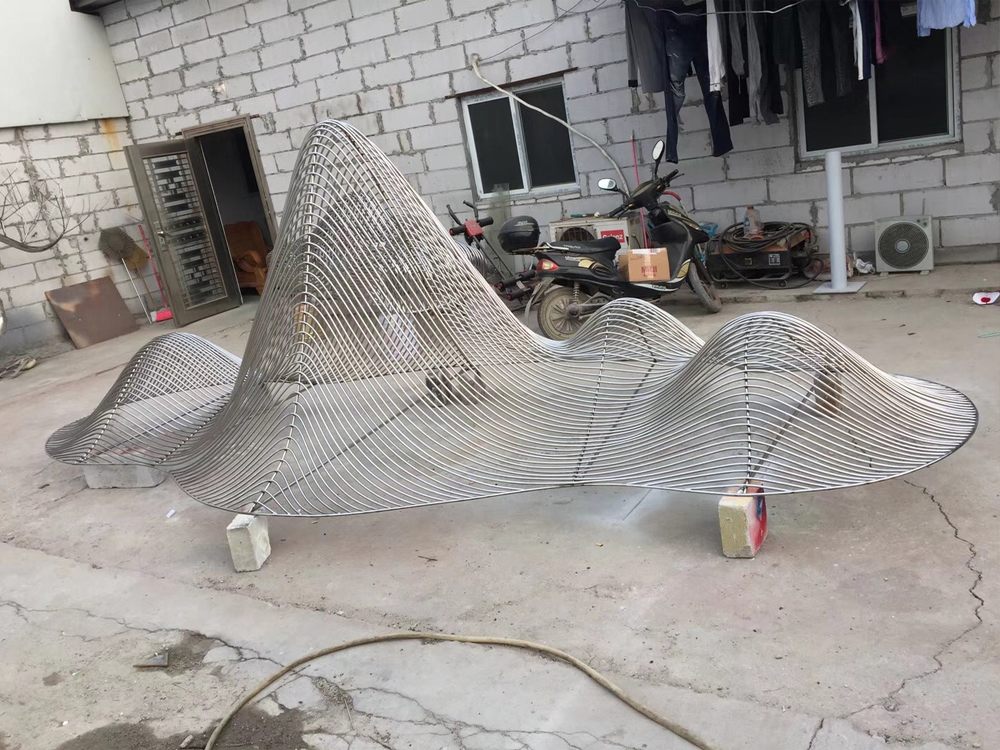
Geometric shapes play a pivotal role in the design of porcelain sculptures, offering artists a versatile tool to create balance, harmony, and visual intrigue. By integrating circles, squares, triangles, and polygons, sculptors achieve both structural stability and aesthetic appeal. The precision of geometric forms allows for intricate detailing, often seen in abstract or contemporary ceramic art.
Artists frequently use repetition and symmetry to enhance the sculptural impact, transforming simple shapes into complex compositions. For example, layered geometric patterns can evoke movement or depth, while minimalist designs emphasize purity and elegance. Additionally, contrasting shapes—such as sharp angles against soft curves—create dynamic tension, drawing the viewer’s eye.
Beyond aesthetics, geometry also serves functional purposes. Triangular bases provide stability, while spherical elements distribute weight evenly. Modern ceramicists often experiment with 3D-printed geometric templates to push creative boundaries. Whether in traditional or avant-garde works, geometric shapes remain a timeless foundation for porcelain sculpture design.

